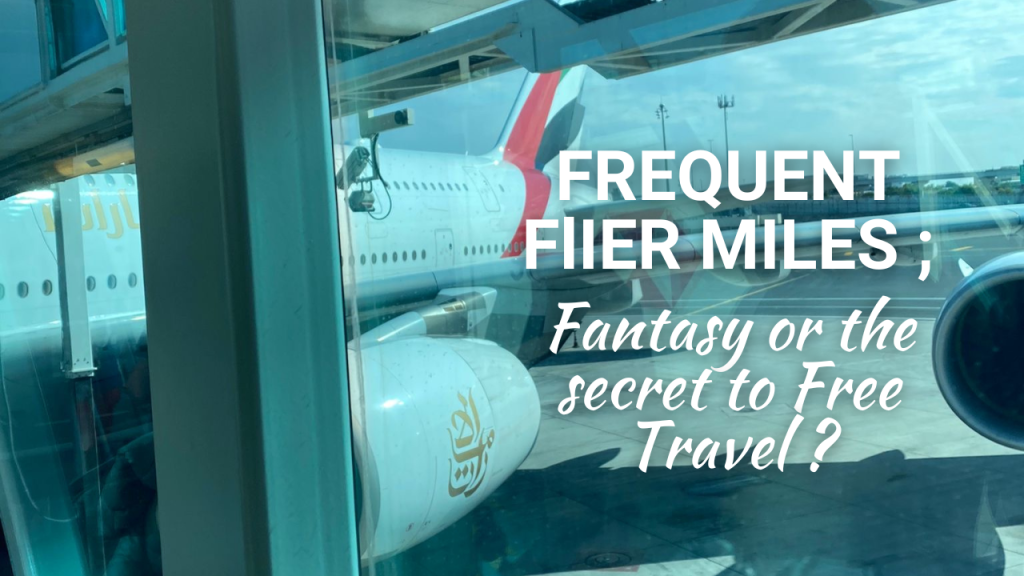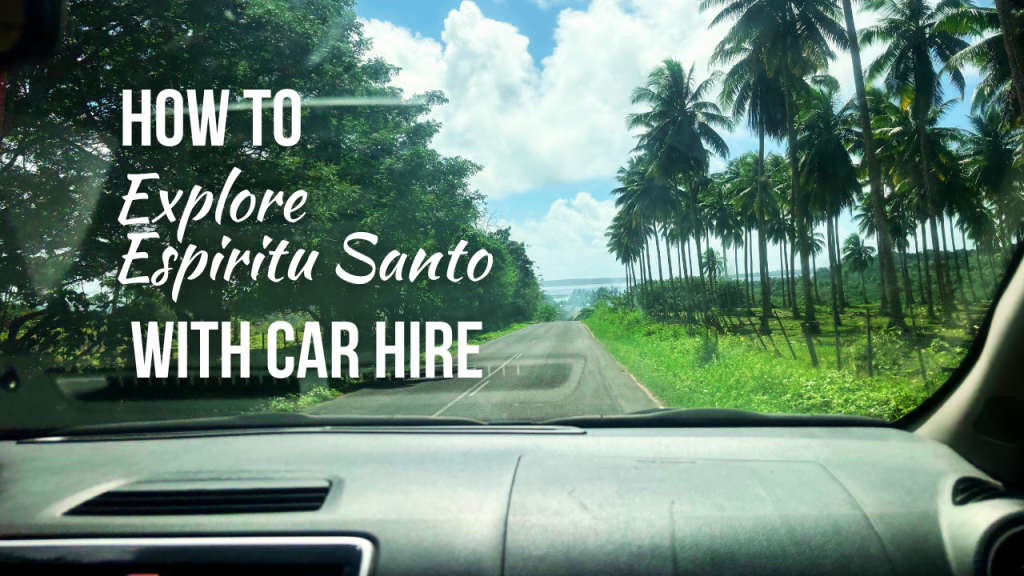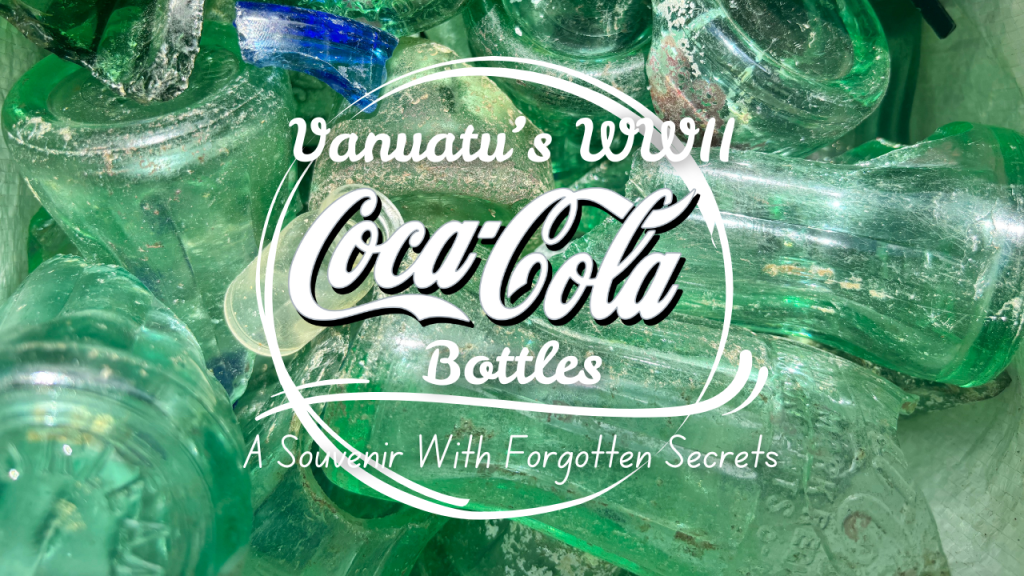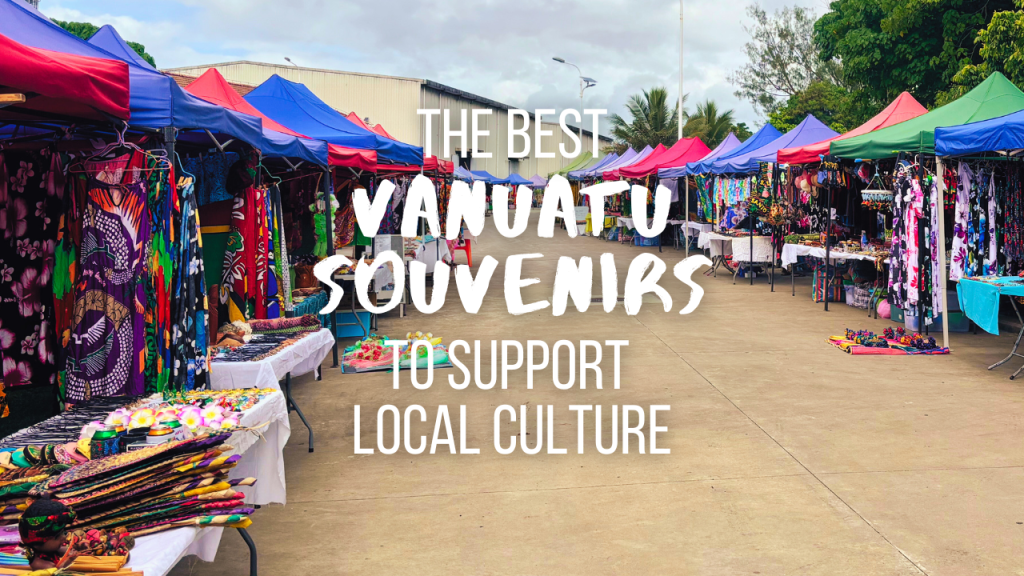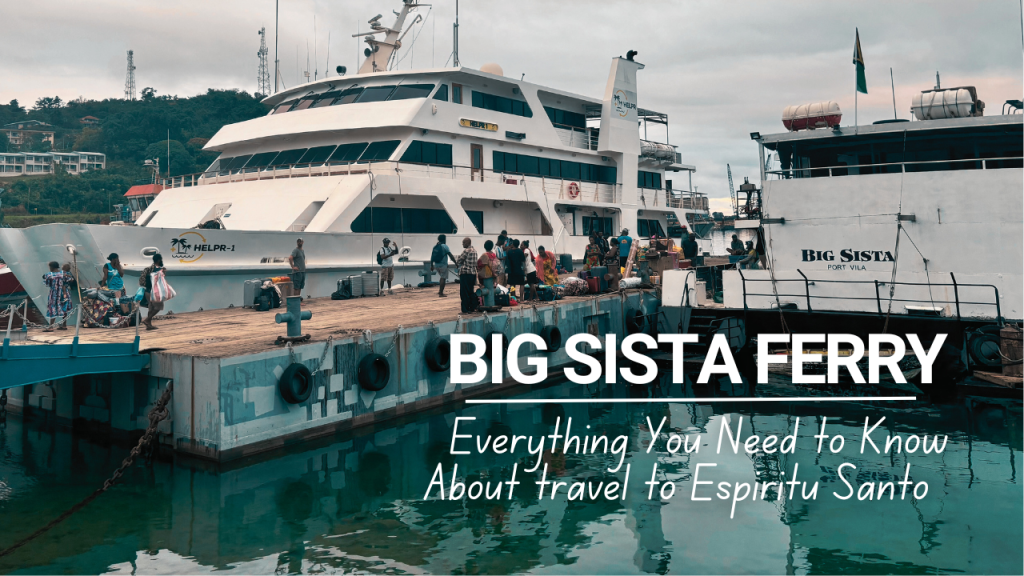Situated just off the South Eastern coast of Espiritu Santo lies Million Dollar Point. An ecological disaster, turned site of historical significance, that draws tourists from far and wide. But how and why did this spot come to be?
War in the Pacific
With World War Two in full swing and the Japanese advancing through Papua New Guinea and the Solomon Islands during 1942, the Americans – having just joined the allied forces – hurried to Vanuatu to hold the line.
Hastily they transformed the two largest Islands Efate to the South and Espiritu Santo to the North from a sleepy, sandy paradise into a stronghold. The latter becoming one of the first built and by the end of the war, second largest American Military Base in the Pacific.
Complete with roads, dry docks, repair facilities, barracks, hospitals, power, water and telephone lines as well as 4 airfields. One of which (Bomber 2/Pekoa) remains the Islands International airport today, with Bomber 1 & 3 eventually being incorporated into local roads.
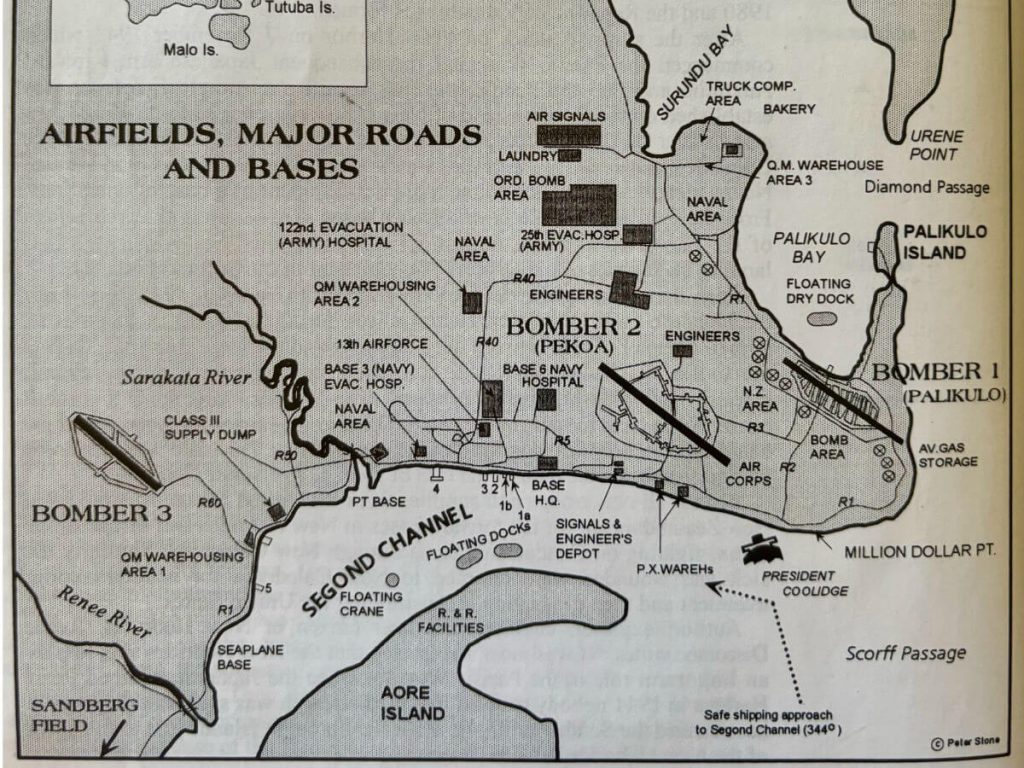
Evacuating Espiritu Santo
By the end of the war in 1945 all of this infrastructure was left for the people of Santo to make use of. However the 9 million tonnes of machinery used to build said infrastructure, planes, vehicles, ammunition, clothing and crockery (including thousands of bottles of Coca Cola) were to be shipped back to the US.
Yet when the time came the Americans both could not and would not do it. Firstly, as there was a shortage of ships, priority was given to troop transport and secondly, as the war department had promised manufacturers back home that they would not try to sell the secondhand machinery in the US and flood the market.
So instead everything was offered to the British and French (who were controlling this area of Vanuatu at the time) for 6 cents to the dollar. But even given this generous deal the Europeans assumed the Americans would be forced to leave everything behind and they could simply take it for free, so they refused.
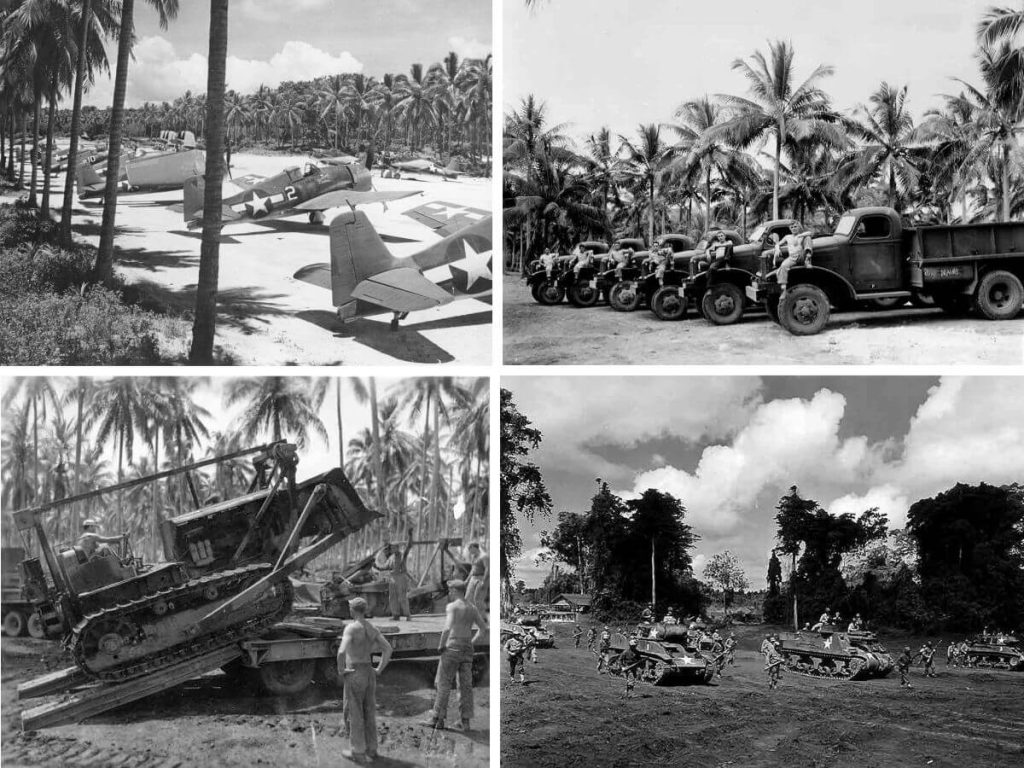
The Making of Million Dollar Point
Feeling as though the local government now intended to exploit them, the Americans came to a mad decision. If they couldn’t take it with them and no one would pay for it, then no one would have it. So in an act of spite (and perhaps a little lunacy) they drove every piece of surplus equipment down to the South Eastern point of Santo and straight into the sea.
Millions of dollars worth of goods were destroyed in a matter or two days. The coast thus christened with new name; million dollar point.

Million Dollar Point Today
Once the Americans finally left, locals attempted to salvage what they could. Bulldozers were dragged out, washed, oiled and given new electrics then sent to Australia. Tyres, propellers and copper wires removed and sold. Yet today tons of equipment still lies at the bottom of the ocean and broken green glass coke bottles litter the shore.
Corals and other sea life have begun to make a home in the wreckage creating an interesting spot for scuba divers and snorkelers to explore. So if you’re interested in immersing yourself in some history then get in touch with us at Triton Explorers today.
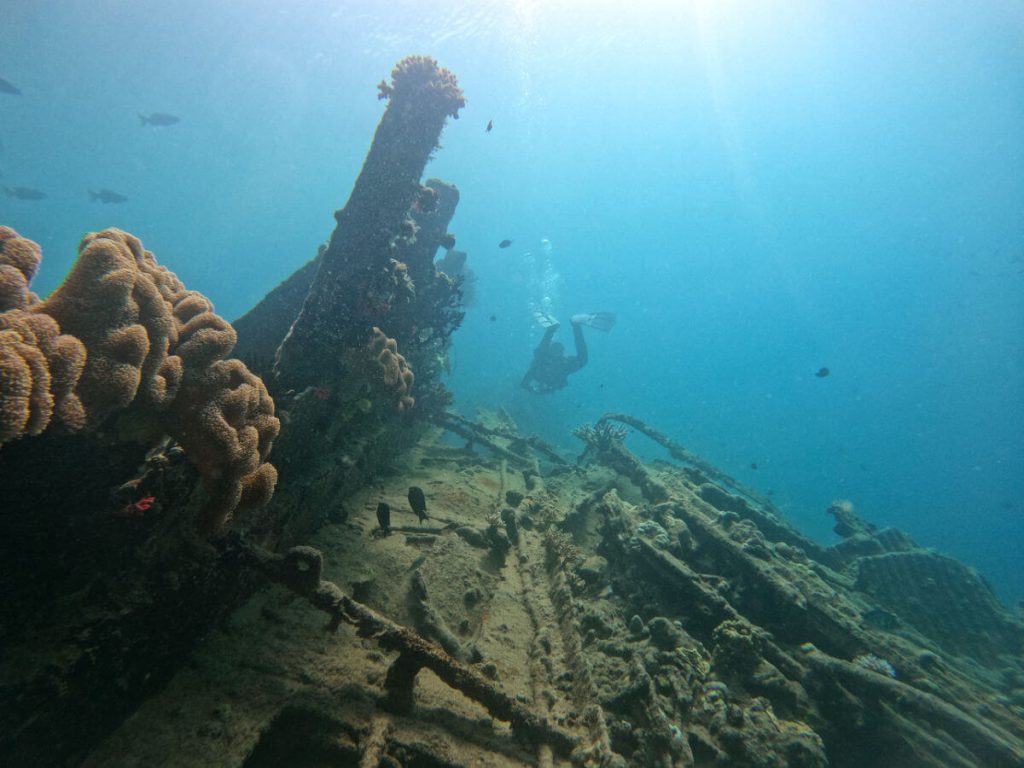
For those that want to find out more about Million Dollar Point and what Espiritu Santo was like during the war we highly reccomend visiting the South Pacific WWII Museum either in person or online. Here they have articles, galleries and maps all about the historical sites of Santo.
‘The Lady and The President: The Life and Loss of The SS President Coolidge’ by Peter Stone is also a wealth of information. Primarily focused on the S.S President Coolidge – History of the South Pacific’s Greatest Shipwreck – it also covers other historical sites like Million Dollar Point and USS Tucker.
